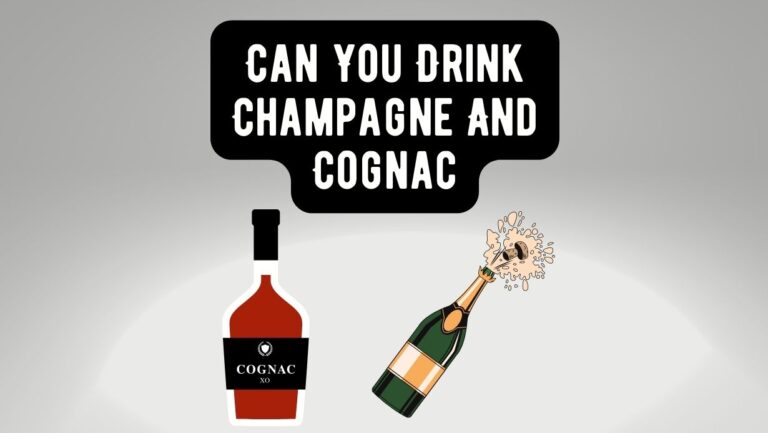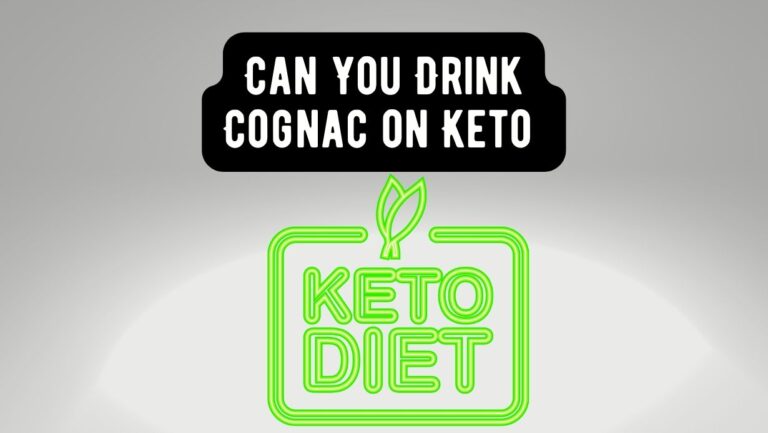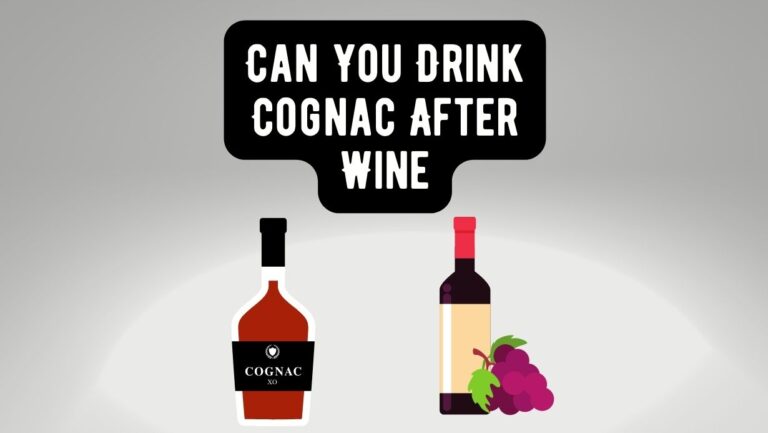
Cognac is a luxurious and prestigious French brandy renowned worldwide for its exceptional quality and rich history. Produced in the Cognac region of France, Cognac is made from specially grown grapes and goes through a meticulous distillation and aging process. The result is a refined and sophisticated spirit that connoisseurs and enthusiasts around the globe enjoy. In this comprehensive guide, we will explore the various types of Cognac, including the different classifications, production methods, aging categories, and the renowned Cognac houses that produce these exceptional spirits.
Cognac Classification
Cognac is classified into different categories based on factors such as the age of the youngest eau-de-vie (the distilled wine used to produce Cognac), the production methods, and the specific regulations set by the Bureau National Interprofessionnel du Cognac (BNIC). The main classifications of Cognac include:
- VS (Very Special): The youngest eau-de-vie in a blend is at least two years old.
- VSOP (Very Superior Old Pale): The youngest eau-de-vie in a blend is at least four years old.
- XO (Extra Old): The youngest eau-de-vie in a blend is at least ten years old, though recent regulations require a minimum age of six years.
Production Methods
The production of Cognac involves several key steps that contribute to its unique characteristics and exceptional quality. These steps include:
- Grape Harvesting: Cognac is primarily made from specific grape varieties, including Ugni Blanc, Folle Blanche, and Colombard. The grapes are harvested by hand to ensure the highest quality.
- Fermentation: The harvested grapes are pressed, and the juice is fermented to create a base wine with a relatively low alcohol content.
- Distillation: The base wine undergoes a double distillation process in traditional copper stills called “Charentais.” This process removes impurities and concentrates the flavors and aromas of the wine.
- Aging: After distillation, the clear spirit known as eau-de-vie is aged in oak barrels. The aging process contributes to the development of complex flavors, aromas, and the signature golden color of Cognac.
Aging Categories
Cognac is aged in oak barrels for a minimum period of time before it can be bottled and sold. The aging categories indicate the youngest eau-de-vie present in a blend and are an important factor in determining the quality and price of the Cognac. The main aging categories include:
- Fine Champagne: This category includes Cognacs made from grapes grown in the Grande Champagne and Petite Champagne regions, the premier cru (growing areas) of Cognac. These Cognacs are known for their exceptional quality and complexity.
- Borderies: Cognacs in this category are produced from grapes grown in the Borderies cru, which is known for its distinctive floral and fruity characteristics.
- Fins Bois: Cognacs in this category are produced from grapes grown in the Fins Bois cru, which surrounds the Borderies region. These Cognacs tend to be more robust and fruity.
- Bons Bois: Cognacs in this category are produced from grapes grown in the Bons Bois cru, which is located further away from the central regions. These Cognacs typically have a bolder and more rustic flavor profile.
- Bois Ordinaires and Bois à Terroirs: These categories include Cognacs produced from grapes grown in the outermost regions of the Cognac appellation. They are often used for blending purposes.
Notable Cognac Houses and Producers
The Cognac region is home to several renowned Cognac houses and producers that have a long-standing tradition of crafting exceptional Cognacs. Some of the most well-known Cognac houses include:
- Hennessy: Founded in 1765, Hennessy is one of the oldest and most prestigious Cognac houses, known for producing a wide range of high-quality Cognacs.
- Rémy Martin: Established in 1724, Rémy Martin is famous for its Fine Champagne Cognacs, particularly its XO expressions.
- Martell: Founded in 1715, Martell is known for its elegant and refined Cognacs, with a focus on the Borderies cru.
- Courvoisier: With a history dating back to 1828, Courvoisier is recognized for its smooth and well-balanced Cognacs, often featuring grapes from the Grande Champagne and Petite Champagne crus.
- Hine: Established in 1763, Hine specializes in producing Cognacs with a focus on the Grande Champagne cru, known for their exceptional quality and complexity.
Highproof & Overproof Cognacs
Highproof and overproof Cognacs refer to spirits with a higher alcohol content than the standard expressions. While the traditional Cognac strength ranges from 40% to 43% alcohol by volume (ABV), highproof and overproof Cognacs can reach ABV levels of 50% or higher. These higher-strength Cognacs often offer intensified flavors, bolder aromas, and a more robust character. They can be enjoyed neat or used as a base spirit in cocktails, adding a distinctive punch to mixed drinks.
Vintage Cognacs
Vintage Cognac, or millésime Cognac, is made from grapes harvested in a specific year. Unlike non-vintage Cognacs, blends of multiple years, vintage Cognacs highlight the unique characteristics of a single year’s harvest. Each vintage expresses the nuances and complexities of that growing season, making it a fascinating choice for collectors and enthusiasts seeking a Cognac with a specific terroir and character. Vintage Cognacs are often aged for extended periods to allow for optimal maturation and development of flavors.
8 Age-Designated Cognacs
Cognacs labeled with age-specific terms provide valuable information about the minimum age of the blend’s youngest eau-de-vie (distillate). Here are some commonly used age designations:
- XXO Cognac: An extra-aged category created by the BNIC in 2018, XXO Cognac signifies a minimum age of 14 years.
- Hors d’Age Cognac: Literally translating to “beyond age,” Hors d’Age Cognacs are exceptionally aged blends with no specific age requirement. These Cognacs often represent the pinnacle of a producer’s craftsmanship.
- Extra Cognac: Extra Cognacs have a minimum age of at least six years, ensuring a level of complexity and refinement.
- Réserve Cognac: Réserve Cognacs have a minimum age requirement of at least four years, showcasing a higher level of maturity compared to younger expressions.
- Napoléon Cognac: With a minimum age requirement of at least six years, Napoléon Cognacs offer a refined and well-rounded drinking experience.
- XO Cognac: XO (Extra Old) Cognacs have a minimum age requirement of ten years, although recent regulations have reduced the minimum to six years. XO Cognacs are known for their complexity, richness, and luxurious character.
- VSOP Cognac: VSOP (Very Superior Old Pale) Cognacs have a minimum age requirement of at least four years. These Cognacs strike a balance between youthful vibrancy and mature flavors.
- VS Cognac: VS (Very Special) Cognacs have the youngest eau-de-vie in the blend aged for a minimum of two years. These Cognacs offer youthful and vibrant flavors, perfect for mixing in cocktails.
9 Notable Cognac Brands
- Hennessy: Hennessy is one of the most recognized and esteemed Cognac brands globally. Established in 1765, Hennessy offers a wide range of Cognacs, including the renowned Hennessy XO Cognac and Hennessy Privilege VSOP.
- Rémy Martin: Founded in 1724, Rémy Martin is known for its commitment to excellence and craftsmanship. The brand produces a variety of Cognacs, including the highly regarded Rémy Martin XO and Rémy Martin Louis XIII, considered one of the finest and most luxurious Cognacs in the world.
- Courvoisier: With a history dating back to 1828, Courvoisier is renowned for its exceptional Cognacs. The brand offers a diverse portfolio, featuring expressions such as Courvoisier XO and Courvoisier VSOP.
- Martell: Martell, established in 1715, is one of the oldest Cognac houses. Martell Cognacs are known for their elegance and finesse, with Martell XO Cognac being a popular choice among Cognac enthusiasts.
- Thomas Hine & Co.: Founded in 1763, Hine specializes in producing Cognacs sourced primarily from the Grande Champagne cru. The brand’s expressions, including Hine Antique XO and Hine Homage, exemplify the mastery of blending and aging.
- Camus: Camus is a family-owned Cognac house with a history dating back to 1863. The brand focuses on producing high-quality Cognacs, including the esteemed Camus XO and Camus Extra.
- Bache-Gabrielsen: Bache-Gabrielsen, established in 1905, is a Norwegian-owned Cognac producer. The brand offers a range of Cognacs, including Bache-Gabrielsen XO and Bache-Gabrielsen VSOP.
- Meukow: Meukow is a Cognac house with a legacy tracing back to 1862. The brand is known for its distinctively shaped bottles and produces a variety of Cognacs, including Meukow XO and Meukow VSOP.
- Chateau Montifaud: Chateau Montifaud is a family-owned Cognac estate known for its small-batch, artisanal production. The brand produces a range of Cognacs, including Chateau Montifaud XO and Chateau Montifaud VSOP.
Conclusion
The world of Cognac is vast and captivating, offering a multitude of expressions that cater to various preferences and occasions. From highproof and overproof Cognacs to vintage bottlings and age-designated categories, there is a Cognac for every discerning palate. The brands mentioned, such as Hennessy, Rémy Martin, Courvoisier, Martell, and others, represent the epitome of craftsmanship and expertise in the Cognac industry. Whether enjoyed neat, on the rocks, or in exquisite cocktails, Cognac continues to captivate enthusiasts with its refined flavors, unparalleled quality, and rich heritage.






